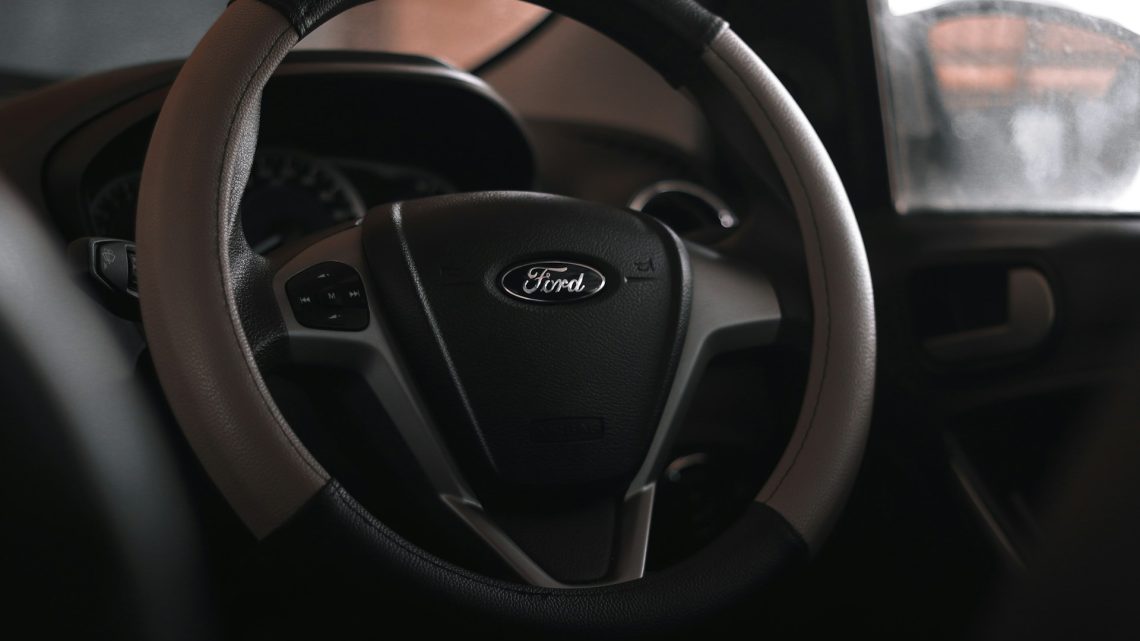Ford Transit Custom: A Fresh Take on Britain’s Favourite Van
8 May 2025Autocar may not often venture into the realm of light commercial vehicles, but when a cornerstone of UK roads like the Ford Transit Custom undergoes a full redesign, it’s something worth exploring. As the nation’s best-selling vehicle in recent years – surpassing even the Vauxhall Corsa and Nissan Qashqai – the Transit Custom deserves close attention.
The Transit Custom isn’t just a van. It has become a multi-purpose vehicle, embraced as both a working tool and a lifestyle companion. Whether used by tradespeople or families heading out for a weekend with bikes and camping gear, its versatility is part of what makes it so dominant. In some configurations, it can even carry up to nine passengers, which only enhances its appeal.
For our test, we were given a version that represents the van in its purest form: a long-wheelbase panel van with high load capacity, a single row of seats and a solid bulkhead. This stripped-back setup gave us a solid view of the fundamentals – the qualities that most Transit Custom owners will experience daily.
Buyers have a fair amount of choice when configuring their Transit. It’s available in various weight classes, with two wheelbase lengths and four key bodystyles: the classic panel van, the ‘double cab in van’ with two rows of seats and a partition, the Kombi which adds side windows and three rows of seating, and the multicab featuring an L-shaped bulkhead allowing for two rear seats and full-length load space.
There’s also the Tourneo, a more refined, passenger-oriented version of the Transit, offering many of the same features but wrapped in a more comfortable interior. It shares the same powertrains as the Transit Custom, making it an option for those prioritising ride comfort without sacrificing practicality.
Strengths and Weaknesses
Positives:
-
The diesel engine is well suited to its role, delivering the right mix of torque and economy.
-
The cabin feels up-to-date, with a modern dashboard and interface that keeps usability front and centre.
-
Load-carrying capacity remains competitive, making it a strong choice for commercial users.
Negatives:
-
Pricing is on the steep side, especially for more basic variants.
-
Interior storage and driver ergonomics could have been better considered, particularly for long working days.
Evolving from a Single Model to a Family of Vans
The Transit name dates back to the 1960s, when it was a single model. Over the decades, however, it has evolved into a fully fledged product range. Today, the Transit name represents a complete family of commercial vehicles, with each variant having a Tourneo counterpart aimed at passengers rather than payloads.
The Transit Courier is the smallest, based on the Ford Puma. Next up is the Transit Connect, built on the Volkswagen Caddy platform. Then there’s the Transit Custom – the medium-sized offering that hits the sweet spot for many UK businesses. Finally, there’s the full-size Transit, which drops the ‘Custom’ suffix and is also available with rear-wheel drive and dual rear wheels.
The Custom remains the most popular, due to its balance of size, versatility and manageability. Measuring under two metres in height, the standard roof version is low enough for most multi-storey car parks, yet still offers enough space for serious hauling.
This new Transit Custom marks only the second generation of the model, with the first introduced in 2012. That launch separated the medium van from the larger Transit, giving it a clearer identity in the range. It continues to serve as the go-to option for those needing a capable, reliable and flexible commercial vehicle – whether for business or personal use.


